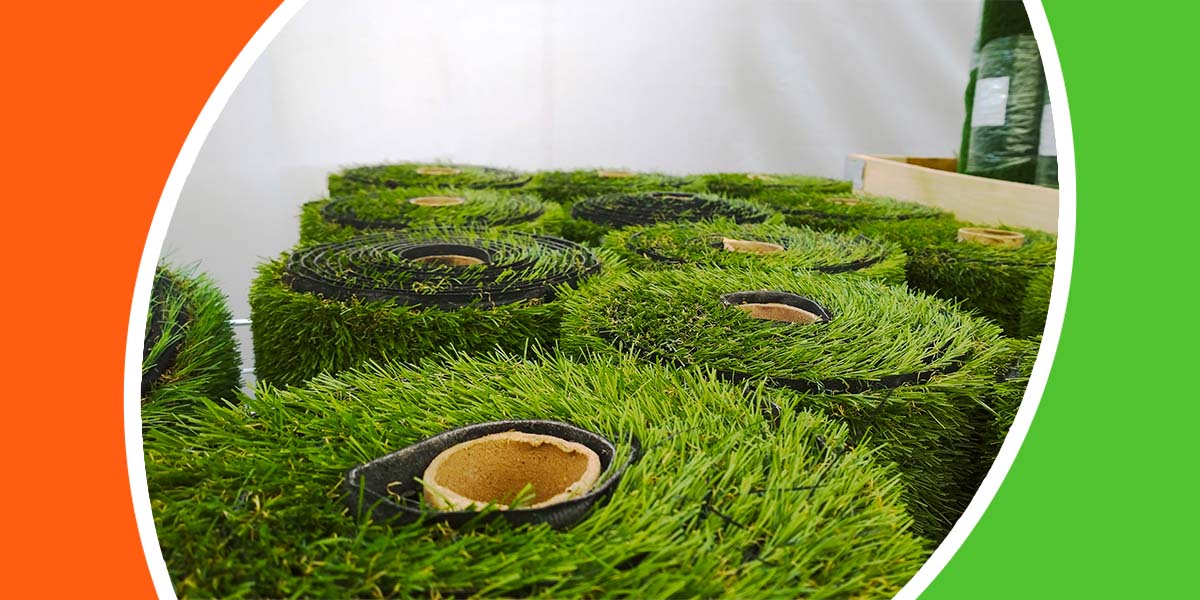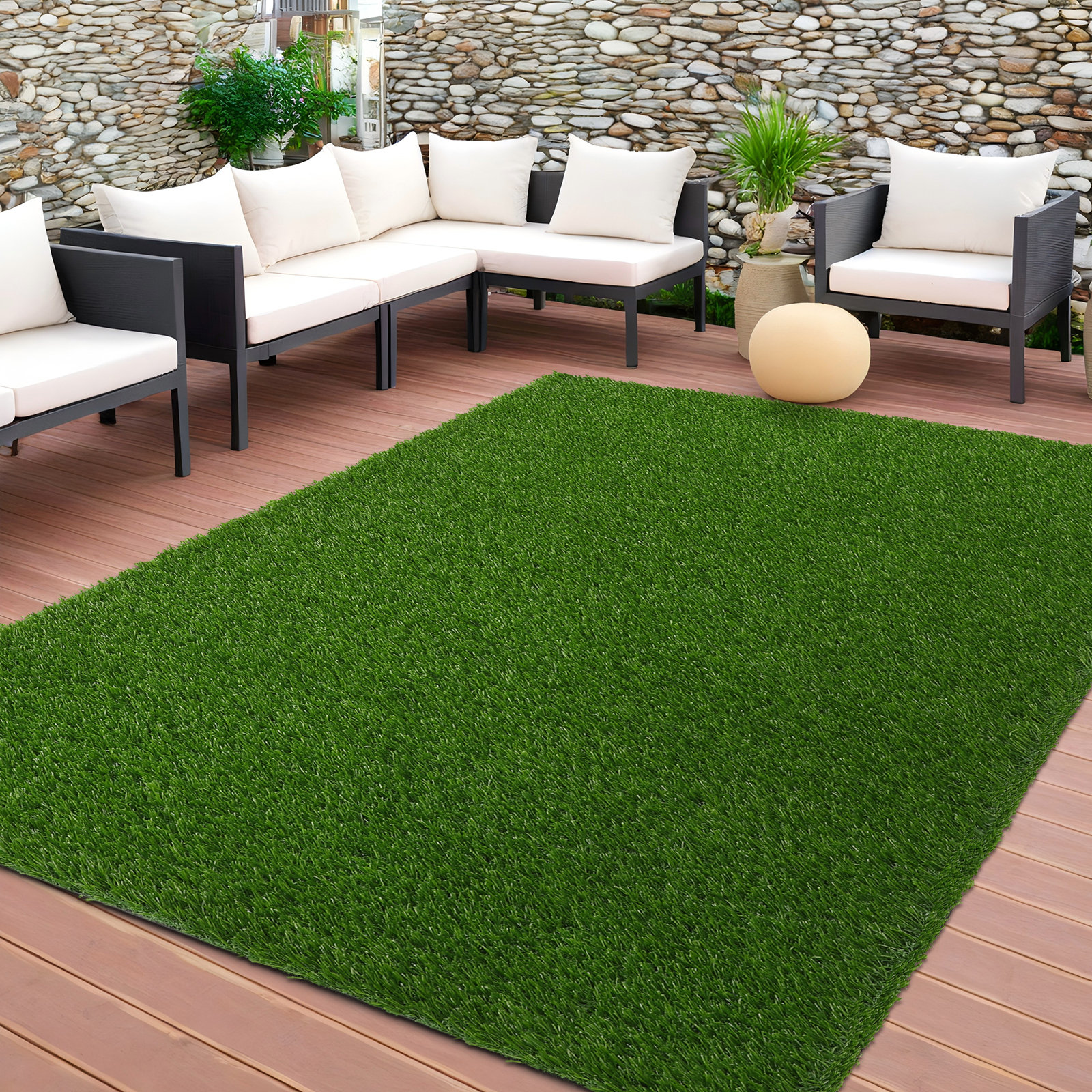Delve Into the Environmental Benefits of Opting for Synthetic Grass Solutions
The fostering of fabricated turf services offers an engaging opportunity to attend to pushing ecological challenges. By considerably minimizing water usage and decreasing the application of unsafe chemicals, these options not only promote sustainable landscape design but additionally shield regional communities.
Water Conservation Perks
One of the most significant advantages of synthetic grass is its capacity to conserve water. Standard turf yards require significant watering, especially in locations susceptible to dry spell or water limitations. In comparison, fabricated grass does not require watering, significantly lowering the total need for water sources. This feature is particularly helpful in deserts where water deficiency is a pressing concern.
By getting rid of the need for normal watering, synthetic turf contributes to sustainable landscape practices and assists reduce the ecological effect of excessive water usage. The preservation of water extends to the decrease of overflow, which can lead to soil erosion and river contamination.
Furthermore, the setup of synthetic grass allows home owners and municipalities to allot water sources much more successfully, concentrating on necessary usages such as drinking water and agriculture. The change towards synthetic grass not just promotes accountable water use yet also aligns with wider ecological goals targeted at preserving natural deposits.
As communities progressively focus on sustainability, the water preservation advantages of synthetic grass provide a compelling case for its adoption in property and commercial landscape design tasks.
Decreased Chemical Usage
The shift to man-made turf significantly lowers the reliance on chemical therapies generally made use of in natural turf maintenance. Standard grass monitoring usually includes the application of herbicides, pesticides, and plant foods to promote growth and control parasites. These chemicals can pose risks to human wellness, neighborhood wildlife, and the environment, contributing to dirt and water contamination.
In comparison, synthetic grass removes the need for these damaging materials. When installed, it calls for minimal upkeep, largely being composed of routine cleaning and infrequent infill replenishment. This reduction in chemical usage not only profits the prompt environment but additionally adds to broader environmental security. By decreasing the release of artificial compounds into the ecological community, man-made lawn advertises much healthier dirt and water supply.
Additionally, the absence of chemical runoff connected with synthetic grass setups assists safeguard neighborhood waterways from air pollution, supporting aquatic life and keeping biodiversity. Arizona artificial turf. As communities significantly focus on sustainable methods, choosing man-made grass provides a sensible solution that aligns with ecological conservation goals. With this change, building owners can take pleasure in rich eco-friendly areas without endangering eco-friendly wellness, leading the way for an extra lasting future
Reduced Carbon Impact

Additionally, the installation of fabricated grass can lead to substantial water preservation. Natural lawns require considerable amounts of water for watering, which not just includes in the carbon footprint associated with water extraction and treatment however hop over to here also stress regional water sources. In contrast, artificial turf needs very little maintenance, requiring no watering, thereby significantly reducing water usage and its associated energy prices.
Additionally, the longevity of synthetic grass adds to its lower carbon effect. With a life-span of as much as 15 years or more, the need for constant replacements is lessened, resulting in much less waste and reduced energy look at more info intake in production and getting rid of typical grass options. In general, synthetic grass presents a lasting option for eco aware landscaping.
Habitat Conservation
Habitat conservation is a vital factor to consider in the argument over landscaping options, particularly when contrasting artificial lawn to natural grass. Natural turf lawns often need substantial maintenance, including the usage of plant foods, herbicides, and pesticides, which can detrimentally affect neighborhood ecological communities. These chemicals can leach into the dirt and rivers, harming native flora and animals and disrupting regional environments.
Artificial lawn eliminates the demand for dangerous chemicals, therefore safeguarding close-by wild animals and maintaining the integrity of surrounding environments. The installation of fabricated turf can lead to the conversion of former lawn locations into even more biodiverse landscapes, such as pollinator gardens or indigenous plant locations, which can support local wildlife.
Inevitably, the shift to synthetic grass not just preserves water and reduces upkeep initiatives but likewise fosters a more harmonious partnership between human tasks and the natural environment, promoting environment conservation at the same time.
Long-Term Sustainability
Long-term sustainability is a crucial consider reviewing the benefits of synthetic grass over typical lawn lawns. Among the most substantial benefits of synthetic lawn is its toughness; it can last up to 15-20 years helpful hints with marginal upkeep, whereas natural yard needs constant reseeding and substitute. This durability lowers the demand for consistent sources, such as water, fertilizers, and pesticides, which are vital for maintaining a healthy yard yard.
In addition, synthetic grass contributes to a decrease in carbon emissions associated with yard care devices. Traditional yards often call for gas-powered lawn mowers, trimmers, and blowers, all of which add to air contamination. Arizona turf. On the other hand, synthetic grass gets rid of the demand for such equipment, advertising a cleaner setting
Additionally, the manufacturing of synthetic grass progressively makes use of recycled materials, improving its sustainability account. As makers adopt eco-friendly methods, the ecological footprint of fabricated grass proceeds to decrease.

Conclusion
The adoption of synthetic grass services presents significant ecological advantages, consisting of significant water preservation, minimized reliance on damaging chemicals, and a lower carbon impact. Additionally, synthetic grass aids in maintaining natural environments by minimizing land disturbance and promoting long-term sustainability via the usage of sturdy products. Jointly, these elements underscore the possibility of artificial turf to contribute positively to environmental wellness and offer a feasible option to typical landscape design practices in a significantly resource-conscious world.
In comparison, fabricated grass does not need watering, substantially lowering the overall need for water sources. By lessening the launch of artificial substances into the environment, synthetic lawn advertises healthier dirt and water systems.
Moreover, the setup of fabricated grass can result in considerable water conservation. In comparison, fabricated grass needs marginal maintenance, requiring no watering, thereby significantly minimizing water use and its associated energy prices.
